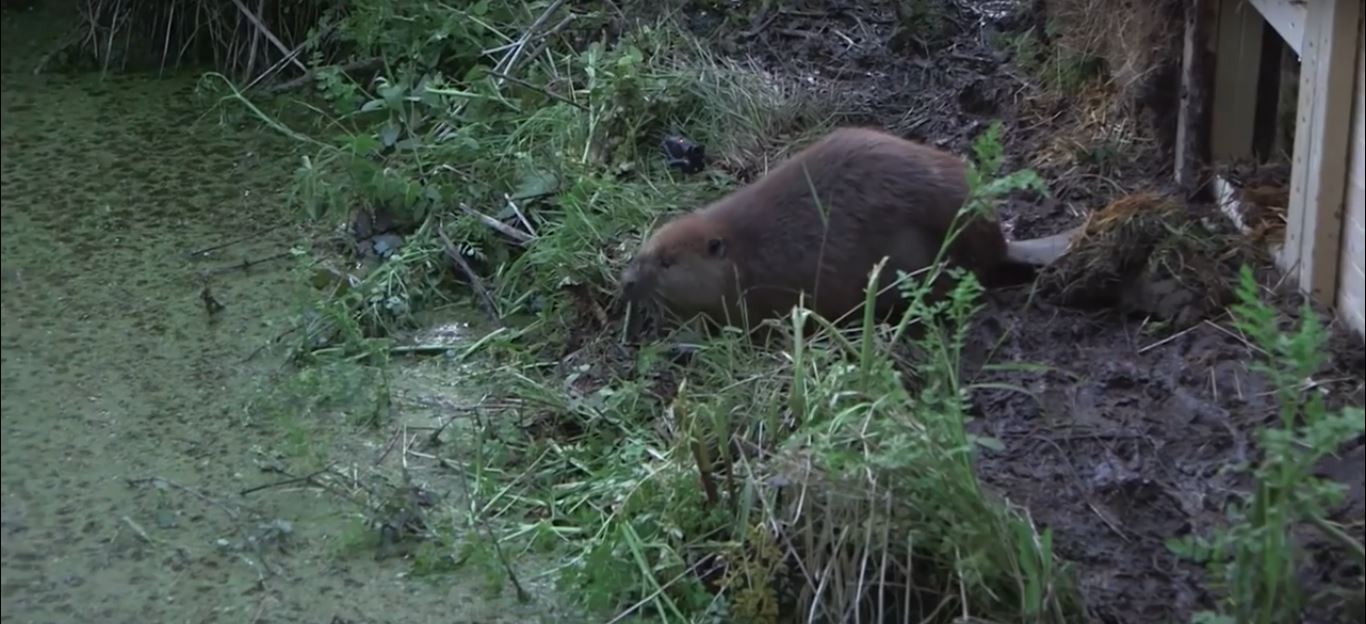Facts About Beavers
Appearance
The Bergen County beaver is the largest rodent in North America and is made to live in the
water. The adults might be 4 feet long and might weigh around 60 pounds. The
New Jersey beavers include a flat, large, almost hairless tail and hind feet that are webbed.

Biology
They make use of their tail to assist in maintaining their balance whenever they chew and
bite the trees. They might slap their tail against water to indicate threat or to warn away
the predators. They have front legs that are short, together with heavy claws.
Life cycle
They mate for life. However if one mate passes away, the other Bergen County beaver will discover another mate
to live with. They mate when they turn 3 years old. The mating season persists from the month of
January and March in cold spots and in the south, during the end of November or December. The
growth will last for three month duration and the females will possess one litter every year in
between the months of April and June. Prior to birth, the female creates a soft bed inside the lodge.
The eyes of the young ones are open right from their birth occurrence. They have the ability to swim
within 24 hours of their birth and will start to explore outside the lodge within just a few days of
their birth, accompanied by their parents. The young ones are weaned in approximately two weeks. Both
female and male look after the young ones. They live with their parents for about 2 years. They can live
till they are 20 years old.
Habitat
Beavers generally reside close to streams, rivers, small lakes, marshes and ponds. They construct stick
lodges and mud on pond banks, on islands, and also on lake shores. The dams that are built by beaver will
be in dome shape and might be up to 10 feet high. The lodges of the New Jersey beavers consist of one huge central
chamber with either one or two way in. The chamber's floor is present slightly on top of the water and so
it is typically enclosed in woodchips in order to absorb the dampness. A vent that is present in the lodge
allows fresh air inside it. Not all the Bergen County beavers construct lodges, some build burrows in river banks.
Diet
The majority of Bergen County beaver's diet is comprised on cambium, the tender tissue which develops beneath the tree
bark and the bark of the tree itself. They particularly are fond of the bark of maple, willow, aspen, beech,
birch, cottonwood, alter and poplar trees. They also consume other vegetation such as buds and roots and also
water plants. The New Jersey beavers have a unique digestive system that assists it to digest the bark of the tree.
Behavior
They reside in colonies or family groups. A colony includes a breeding female and male New Jersey beaver together with
their litter. They are territorial in nature and will defend their lodges from fellow beavers. They will mark
their own territory by constructing mud piles and indicating it with scent. Beaver dams help elevate the water
table and also in purification of water.
Visit our Bergen County wildlife trapping home page to learn more about us.

